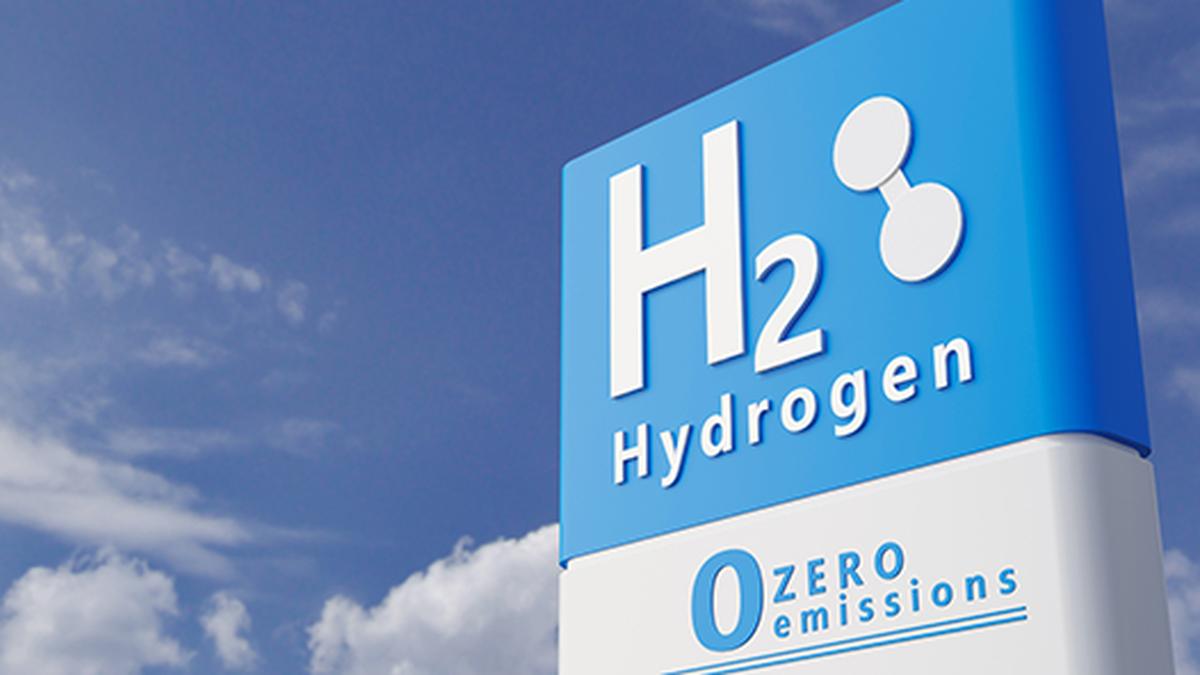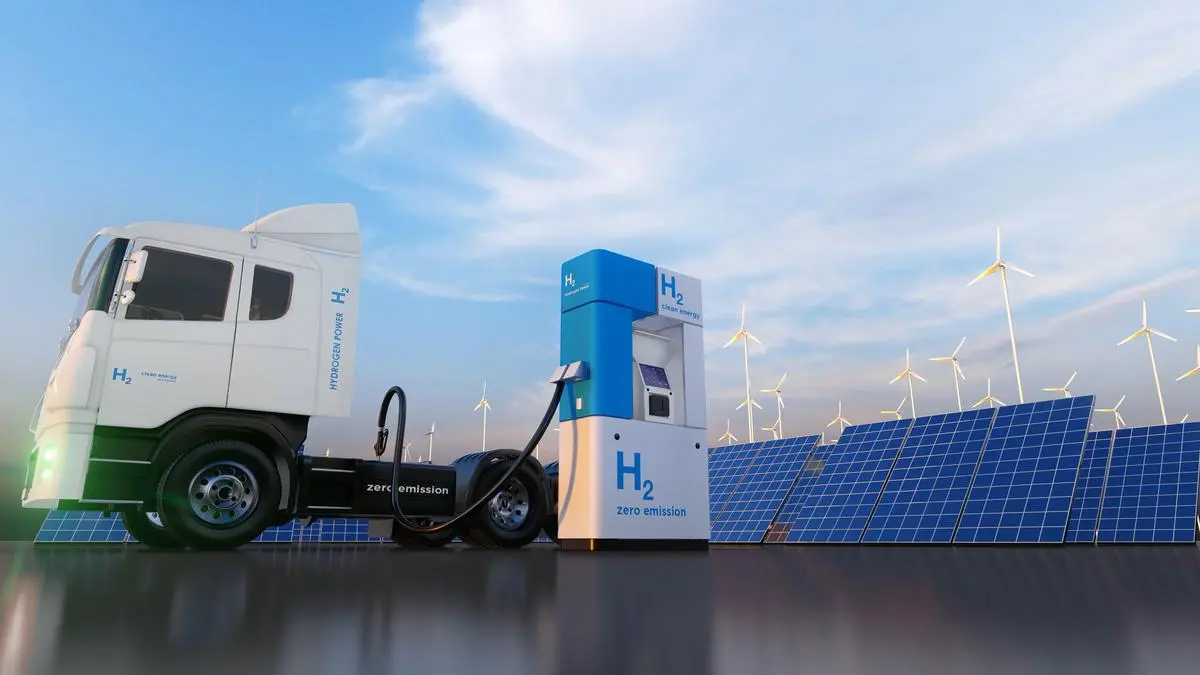One doesn’t have to study DNA to only study genetics; Scientists are using its programmable nature to create autonomous molecular systems with robotic abilities. In a recent study, “Autonomous assembly and disassembly of gliding molecular robots regulated by a DNA-based molecular controller”, Ibuki Kawamata et al demonstrated how DNA can control molecular-level robots.
This is a significant step toward the future of bio-inspired robotics, with applications in medicine, environmental monitoring and nanotechnology. This research brings us closer to the reality of tiny robots — smaller than a human cell — carrying out complex tasks without human intervention.
Bio-inspired robotics
Living organisms exhibit remarkable autonomy, sensing and responding to their environment without external guidance. Inspired by this efficiency, researchers have been attempting to replicate such behaviour in artificial systems. Enter bio-inspired robotics, blending biology with engineering to create robots from biological molecules. These molecular robots, made from DNA and proteins, are designed to operate at the nanoscale, performing precise tasks within biological environments.
The researchers wanted to develop a system in which molecular robots could self-assemble and disassemble without external prompts. The molecular robots are a combination of a DNA-based molecular controller (specific DNA complexes and enzymes), microtubule (protein) structures and kinesin (protein) motors. These robots were programmed to autonomously form and break apart structures, mimicking natural cellular behaviours.
The molecular controller is designed to generate two different DNA strands that serve as assembly and disassembly signals for the DNA-functionalised microtubules. These DNA signals are designed to trigger specific interactions between the microtubules, leading to their assembly into bundle-like structures or disassembly into individual filaments.
The DNA controller operates through a series of strand displacement and enzymatic reactions. By carefully designing the DNA sequences and reaction cascades, the controller can autonomously perform three basic steps: signal synthesis, release of the linker, and dissociator synthesis.
Seeing is Believing
The researchers analysed the images of the performance by the fluorescent markers of the microtubules using Differential Dynamic Microscopy (DDM). This helped them understand the dynamics of the assembly and disassembly, ensuring that the system functioned as intended.
The DNA controller successfully programmed the microtubules to autonomously assemble into bundle-like structures and then disassemble into individual filaments. This autonomous behaviour was achieved without any external interference, demonstrating the controller’s effectiveness. The system maintained its autonomous function over a significant period, crucial for practical applications, ensuring that the molecular robots can perform their tasks reliably over time.
The Big Picture
The development of autonomous molecular robots is a significant leap forward in synthetic biology and robotics. These tiny machines offer unprecedented precision and control at the molecular level, opening new avenues for scientific and technological advancements.
Molecular robots can revolutionise drug delivery in healthcare and medicine. These tiny machines could be designed to deliver drugs directly to diseased cells, minimising side effects and improving treatment efficacy. By targeting specific cells, such as cancer cells, molecular robots could enhance the precision and effectiveness of treatments. Autonomous molecular robots can detect and respond to environmental pollutants and initiating clean-up processes.





